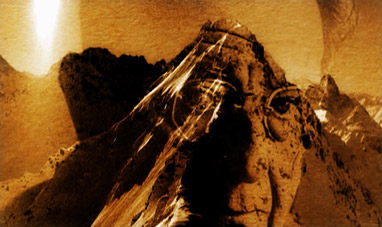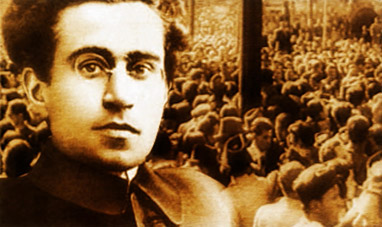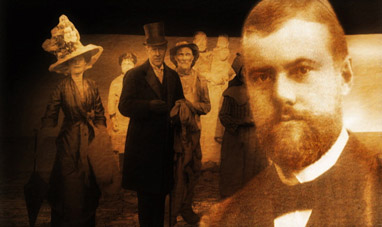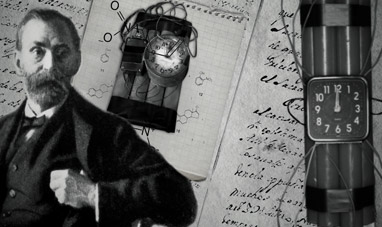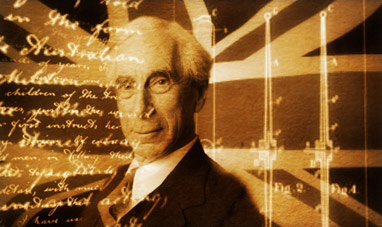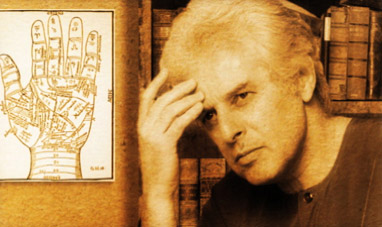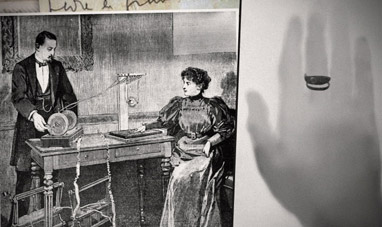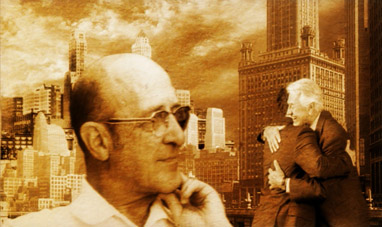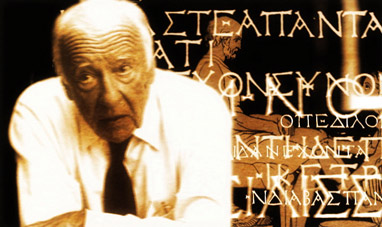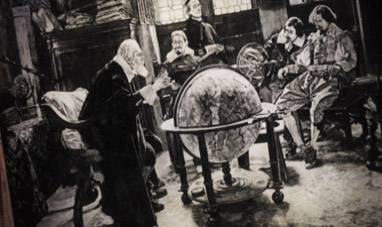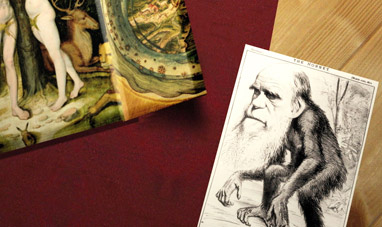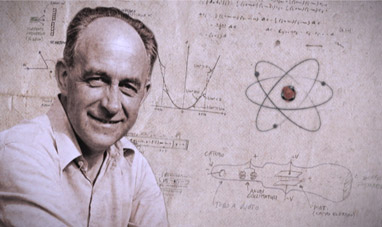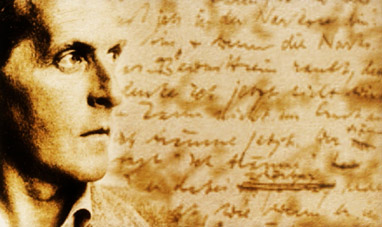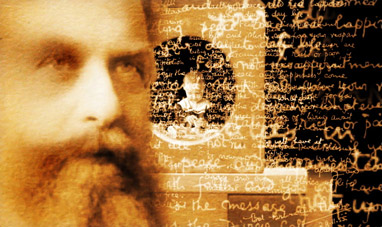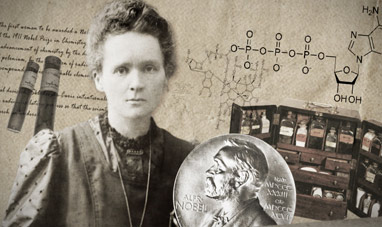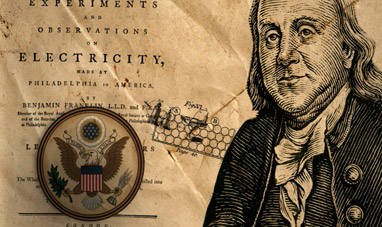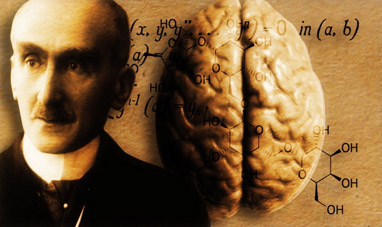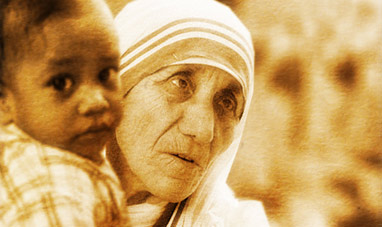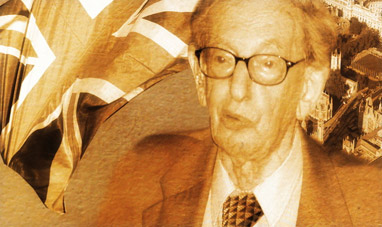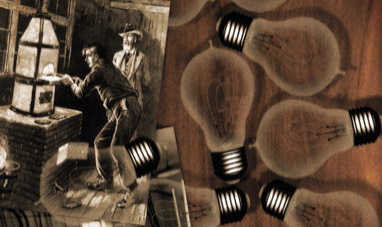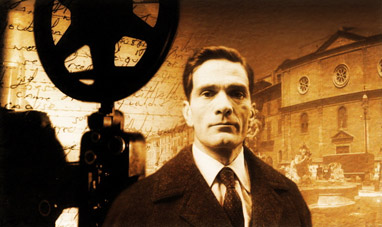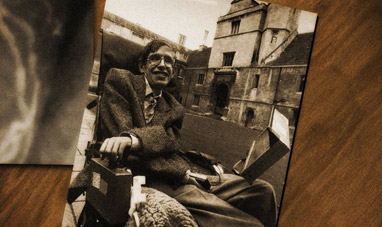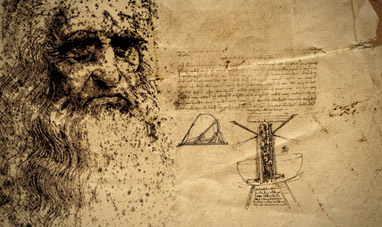Christiaan Huygens was one of the most important scientists of the 17th Century. He was born in The Hague on April 14, 1629. His father was a court diplomat, and as a boy Christiaan met some of the leading European intellectuals of his day, including René Descartes and Marin Mersenne. Huygens pursued science, graduating in mathematics and law at the University of Leiden and the College of Orange in Breda. At the time, science was reaching new heights. Scientific instruments were becoming increasingly accurate and new discoveries were being made at a dizzying pace. London and Paris were dynamic centers of learning, and Huygens moved from one to the other to share discoveries and techniques with his colleagues.
In 1654 he developed new techniques for grinding and polishing telescope lenses, increasing their power. Using a telescope he built himself, the following year Huygens made several astronomical discoveries, including the discovery of Titan, the moon orbiting Saturn. But good astronomy demanded accurate timekeeping. In Huygens’ day, watches had only one hand and were very imprecise. Almost a century earlier, Italian scientist Galileo Galilei had shown that the oscillations of a body suspended by a string are regular and constant. Huygens thought he could use a pendulum to mark seconds. In 1656, he built the first pendulum clock, the first precision timekeeping instrument. The invention was enormously successful, and in 1666 Huygens was called to Paris, where he established and directed the Académie Royale des Sciences, an institution dedicated to promoting scientific advancement. Huygens worked tirelessly, writing treatises on mathematics and physics, and studying pendular motion.
His greatest achievement was in optics, working with light. In the late 17th Century, English scientist Isaac Newton asserted that light, like everything around us, was composed of tiny particles or corpuscles. But Huygens noticed that at times light failed to behave like a body made up of corpuscles. He reached the conclusion that light had a different nature: it was not made of corpuscles, but of waves.
At the time, Newton was the most famous scientist of his era. Newton had recently outlined his theory on the laws of motion, and his theory that light was corpuscular was more popular than Huygens’s wave theory. Only at the beginning of the 20th Century would quantum mechanics prove that light has a dual nature, and may behave both as a particle and as a wave. One of Huygens’s last works was Cosmotheoros, in which he wondered whether other planets could support life. It was one of the first works to address the topic. Huygens died in The Hague on July 8, 1695. He was 66.
In 1654 he developed new techniques for grinding and polishing telescope lenses, increasing their power. Using a telescope he built himself, the following year Huygens made several astronomical discoveries, including the discovery of Titan, the moon orbiting Saturn. But good astronomy demanded accurate timekeeping. In Huygens’ day, watches had only one hand and were very imprecise. Almost a century earlier, Italian scientist Galileo Galilei had shown that the oscillations of a body suspended by a string are regular and constant. Huygens thought he could use a pendulum to mark seconds. In 1656, he built the first pendulum clock, the first precision timekeeping instrument. The invention was enormously successful, and in 1666 Huygens was called to Paris, where he established and directed the Académie Royale des Sciences, an institution dedicated to promoting scientific advancement. Huygens worked tirelessly, writing treatises on mathematics and physics, and studying pendular motion.
His greatest achievement was in optics, working with light. In the late 17th Century, English scientist Isaac Newton asserted that light, like everything around us, was composed of tiny particles or corpuscles. But Huygens noticed that at times light failed to behave like a body made up of corpuscles. He reached the conclusion that light had a different nature: it was not made of corpuscles, but of waves.
At the time, Newton was the most famous scientist of his era. Newton had recently outlined his theory on the laws of motion, and his theory that light was corpuscular was more popular than Huygens’s wave theory. Only at the beginning of the 20th Century would quantum mechanics prove that light has a dual nature, and may behave both as a particle and as a wave. One of Huygens’s last works was Cosmotheoros, in which he wondered whether other planets could support life. It was one of the first works to address the topic. Huygens died in The Hague on July 8, 1695. He was 66.

